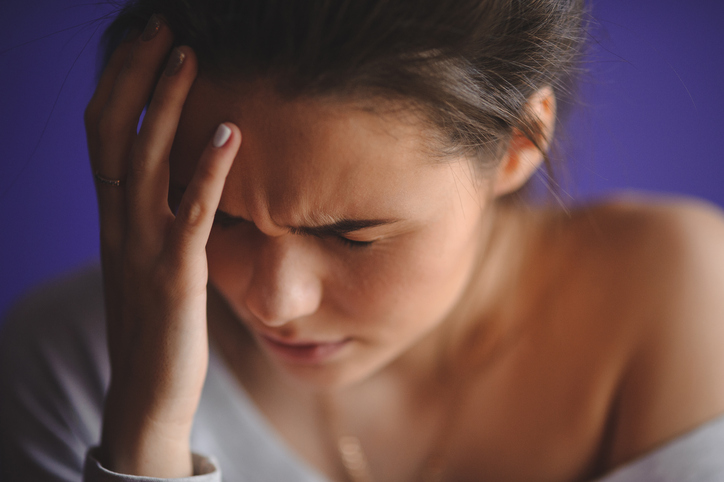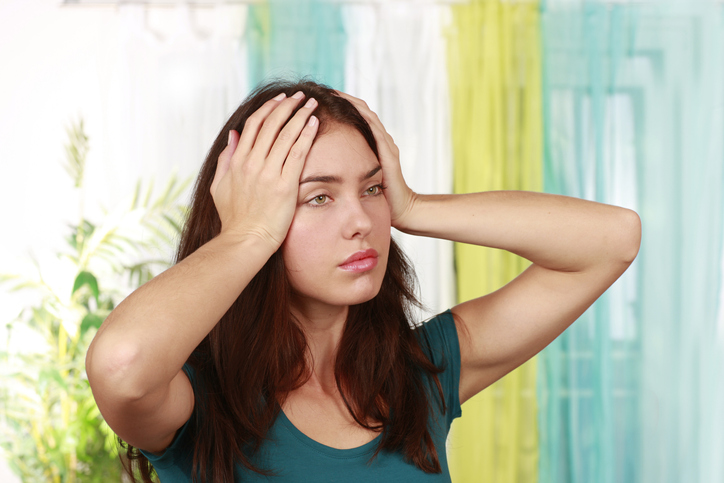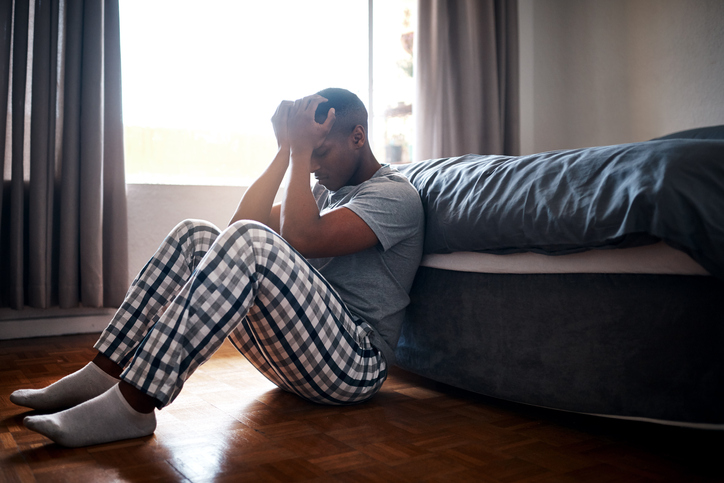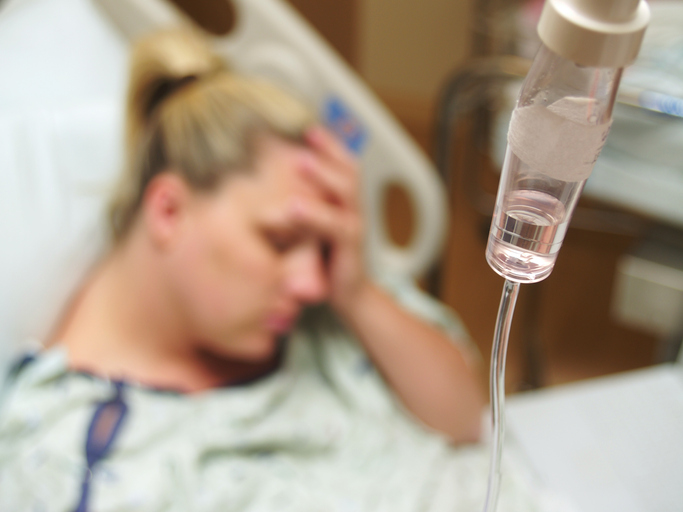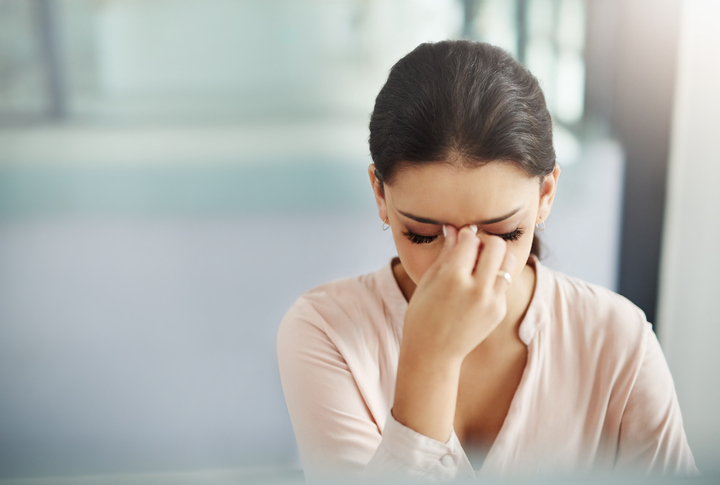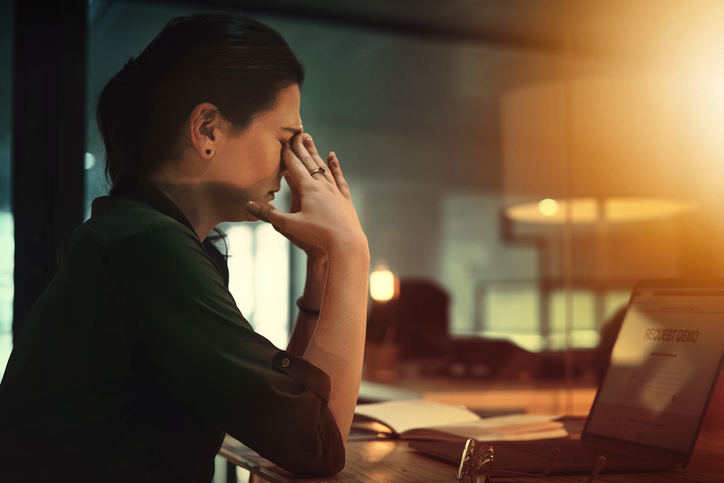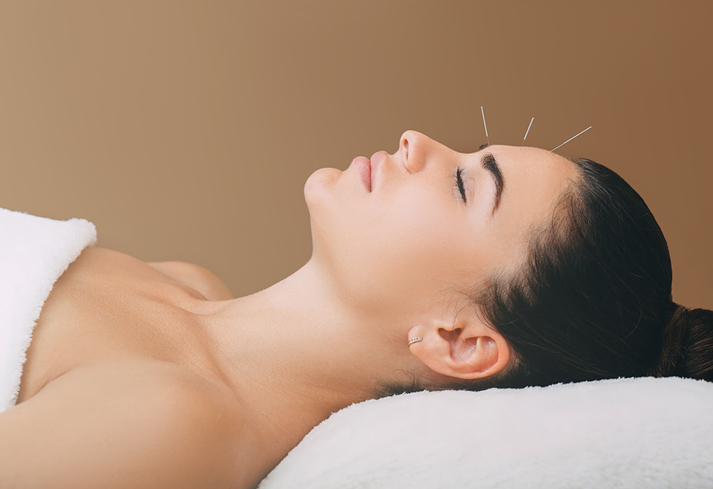Pain
Conventional Medical Treatments for Migraines
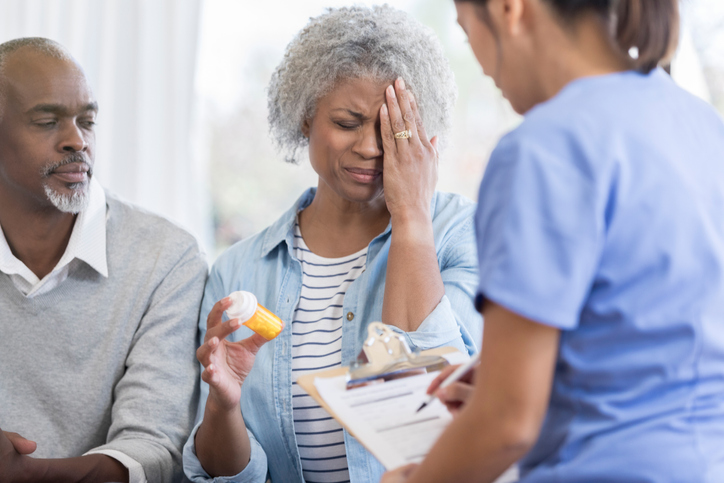
In addition to the numerous symptom-relieving and preventive medications available for the treatment of migraines, various other medical treatments are also available. These include devices (wearable or surgically implanted) that stimulate nerves in the brain, food and dietary supplements, or behavioral techniques.
Neuromodulation and brain stimulation
Neuromodulation and brain stimulation involve the use of electronic or magnetic pulses to stimulate nerves in the body, reducing pain and other migraine symptoms. These treatments can even help with migraine prevention. Several types of neuromodulation and brain stimulation are used to treat migraine. Some are non-invasive, while others require surgery.
Examples of non-invasive stimulation devices include:
- Transcutaneous electrical nerve stimulation (TENS) ― A TENS device applies painless electrical currents to the trigeminal nerve (a large nerve associated with migraines). A device is worn on the forehead like a headband. It uses electrical currents to activate painkilling receptors in the spinal cord and brain stem. A TENS device can also be used before a headache starts.
- Vagal nerve stimulation (VNS) — A VNS device targets the vagus nerve, which runs from the brain through the body. The device is held up against the neck. Its mild electrical stimulation may help reduce levels of pain.
- Transcranial magnetic stimulation (TMS) — This type of stimulation involves a magnetic pulse that acts on the neurons in the brain. The device is placed against the back of the head, where it targets the occipital cortex, which is responsible for vision. It can be used during an aura or when a headache starts.
Examples of neuromodulation requiring surgery include the following:
- Sphenopalatine ganglion (SPG) stimulation — Sphenopalatine ganglion is a bundle of nerve cells inside and behind the nose. These cells connect with the trigeminal nerve. SPG stimulation involves a surgeon implanting a small device in the upper gum area. The device comes with a handheld controller that can be placed against the check to activate the device, sending pain-reduction signals to nerve cells.
- Occipital nerve stimulation (ONS) — With ONS, electrical leads are implanted under the skin on the back of the head. They connect to a wire and battery implanted in the chest, hip or stomach. The electrical leads send pulses to the occipital nerves, which can reduce pain.
Nutraceuticals
Nutraceuticals are dietary supplements with medicinal benefits. Certain nutraceuticals can be beneficial to individuals with migraines, including riboflavin, coenzyme Q10, and magnesium.
- Riboflavin — Riboflavin, also known as vitamin B2, may help reduce the number of headache days and attack frequency.
- Coenzyme Q10 (CoQ10) — This coenzyme may also reduce the number of headache days.
- Magnesium — Multiple studies have been conducted regarding the use of magnesium in migraine prevention. Some studies found decreases in migraine frequency, duration and intensity with regular use of magnesium.
When taken in appropriate dosages, these specific nutraceuticals are often low-risk and have few side effects. A health care professional should always be consulted prior to combining medications with nutraceuticals or other supplements.
Behavioral techniques
Behavioral techniques can be used in conjunction with medications and other migraine treatments to help prevent and treat migraine attacks.
- Acceptance and commitment therapy (ACT) — ACT involves the practice of accepting some migraine pain instead of completely trying to avoid it. Focusing on life goals and values, rather than the pain of migraines, is promoted.
- Cognitive behavioral therapy (CBT) — CBT is a type of psychotherapy that typically focuses on managing stress. CBT can reduce the number of headache days, especially when migraines are stress-related.
- Biofeedback training — Biofeedback can be used to help monitor physiological changes associated with pain, such as heart rate, blood pressure, and muscle tension. Identifying and using relaxation techniques to manage physiological changes may reduce the frequency of migraines and the amount of medications needed to treat them.
These treatments work well in conjunction with medications, or they can be used alone if migraine medications are ineffective.

